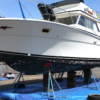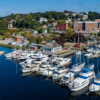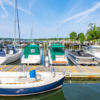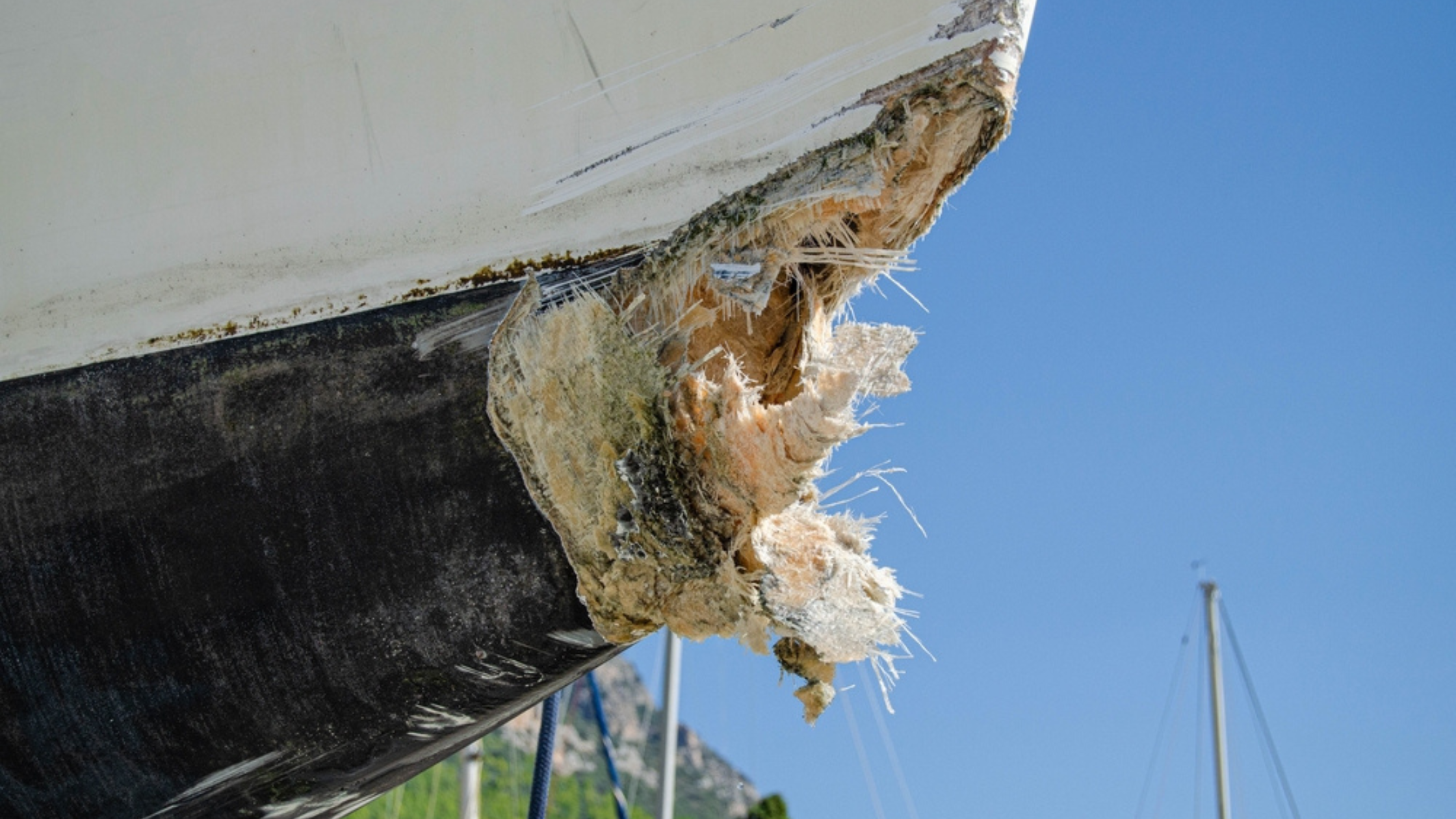
Avoiding a collision on the water is the first priority of any captain. Maritime collisions are so serious that a set of rules of the road was written to outline the expected conduct of vessels at sea in order to minimize the risk of an accident. These International Regulations for Preventing Collisions at Sea, known as COLREGS, were updated in 1972.
The vessel’s pilot is responsible for the safety of the crew, his/her boat, all surrounding vessels, and the environment. He or she therefore needs to understand and follow the rules including using all forms of information available (electronic and visual navigation) and all evasive actions (changing course or slowing down) to keep the vessel and crew out of harm’s way.
Let’s look at some basic ways to stay safe.
- Maintain a watch – This means you or someone aboard is a lookout, scanning the horizon for other boats and navigation aids or hazards. Standing watch is especially important in times of reduced visibility such as in fog or at night. Keep binoculars at hand, do a 360 degree visual sweep every 15 minutes or more often if conditions warrant it. Always keep a watch when engaging in watersports or in areas where other boats are towing tubers, skiers or boarders.
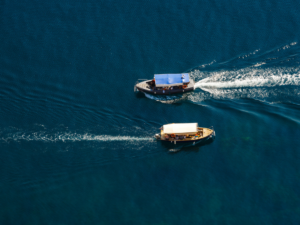 Learn the rules of the road – Understand which vessel has the right of way when two meet. Two basics include passing port-to-port when two boats are bow on to one another. That means that each vessel should turn to starboard if possible to pass the oncoming boat on their port side. In most (but not all) cases sailboats under sail have the right of way over powerboats and an overtaking boat is the give-way vessel meaning it has no rights so long as the boat being overtaken maintains course and speed.
Learn the rules of the road – Understand which vessel has the right of way when two meet. Two basics include passing port-to-port when two boats are bow on to one another. That means that each vessel should turn to starboard if possible to pass the oncoming boat on their port side. In most (but not all) cases sailboats under sail have the right of way over powerboats and an overtaking boat is the give-way vessel meaning it has no rights so long as the boat being overtaken maintains course and speed. - Learn basic aids to navigation – Recognize the meaning of buoys and channel markers including cardinal markers that are used internationally. Learn light combinations to understand what another boat is doing at night or in limited visibility. Also learn a few basic sound signals like one short blast means a boat is leaving you to port and two blasts means they’re leaving you to starboard. Five blasts means danger so look around and determine what they’re trying to tell you.
- Carry AIS – The Automatic Identification System (AIS) is typically part of the navigation electronics suite and identifies the name, course, speed, position and bearing of ships around you. If you carry a transceiver (rather than just an AIS receiver) your ship will transmit the same information and you’ll be more visible to others. Most boats in the Mediterranean, including pleasure craft, now carry these units.
- Watch your speed – Maintain a speed that’s appropriate to the location and conditions. Follow posted speeds in no wake zones and slow down in limited visibility or poor conditions. Move slowly around anchorages and near roped swimming areas.
- Stay clear of ships docking or maneuvering in close quarters – Large cargo ships and passenger ferries often create significant propwash which is turbulence that will impact the handling of your boat if you get too close. Don’t lose control – stay away from piers and large docks where ships maneuver whenever possible.
- Stay clear of shipping lanes – Shipping lanes are routes used for ships transporting cargo to and from port. These lanes are usually marked on charts as magenta swaths. Large ships travel at high speeds that can overtake smaller craft quickly. Cross shipping lanes at a 90-degree angle to minimize your time within the danger zone. Don’t anchor, fish or stop for any reason in shipping lanes.
- Learn relative bearings – Ships and powerboats are capable of 30+ knot speeds and they can come up on you in a hurry. One way to see if you and a crossing vessel are on a collision course is to see if they maintain a constant bearing (direction from your boat) but have decreasing distance. If the angle decreases as relative to you bow, they will pass ahead of you and if it increases, they will pass behind you. Don’t try to outrun a crossing vessel. If unsure whether or not you can make it, turn and take their stern (go behind them). It’s both safe and polite.
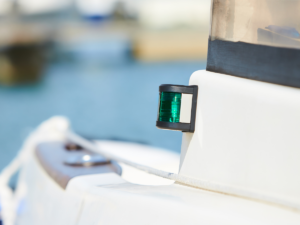
- Make yourself visible – Small pleasure craft are hard to see, especially from the deck of a ship. Turn on running lights from dusk to dawn and display the proper light schemes if anchored. Carry a radar reflector so your return is picked up on another vessel’s radar.
- Keep the VHF on Channel 16 when under way – The VHF radio should be turned on and tuned to the distress and hailing frequency on Channel 16. Switch to another working frequency if you want to continue communications with another vessel once contact is established.
- Don’t drink and boat – Boating Under the Influence (BIU) is just as dangerous and serious as a DIU and carries the same fines.
- Stay vigilant – Visibility decreases in fog and at night but also in the late afternoon when glare from the water obscures hazards, swimmers or other boats. Also, after a storm, lakes, rivers and coastal areas often have significant debris in the water which can be dangerous.
Boating prudently and with common sense will help keep you and those around you safe. Never assume that the captain of another boat knows what he’s doing and if in doubt, give way even if you have the right of way.




